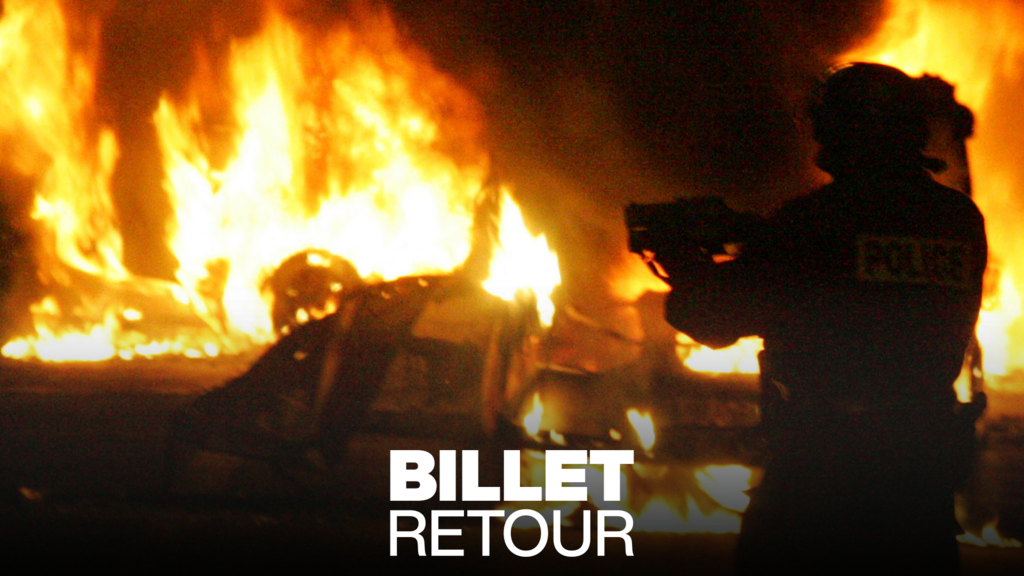20 Years After the 2005 Clichy-sous-Bois Riots: Has the Suburb Moved Beyond Its Crisis?
Two decades after the fatal 2005 incident that triggered riots, Clichy-sous-Bois residents and reporters examine the suburb's social evolution and unsettled issues.
- • In 2005, two teenagers died fleeing police, sparking nationwide riots and highlighting suburban social issues.
- • Twenty years later, investigations revisit Clichy-sous-Bois to evaluate community change and ongoing challenges.
- • Local residents voiced frustrations about continued social and economic difficulties despite time elapsed.
- • The reports question if the suburb has truly moved past its emergency state or remains affected by unresolved tensions.
Key details
On October 27, 2005, a tragic incident in Clichy-sous-Bois, a suburb of Paris, irrevocably altered the social fabric of the community. Zyed Benna and Bouna Traoré, two teenagers fleeing a police check, were electrocuted while hiding in an electrical transformer, while their friend Muhittin Altun was severely burned. This event sparked violent riots across France, bringing widespread attention to the deep social malaise afflicting impoverished suburbs such as Clichy-sous-Bois. Twenty years later, the programs "Pas 2 Quartier," featuring journalists Ségolène Malterre and Melina Huet, revisited the suburb to assess the area's progress and ongoing challenges.
The initial outrage over the deaths highlighted long-standing grievances tied to policing, economic deprivation, and social exclusion within the banlieues. Despite two decades passing since the riots and significant policy discussions, questions remain whether the underlying issues have been effectively addressed. Clichy-sous-Bois, home to approximately 30,000 residents, still grapples with challenges that sparked the unrest two decades ago.
The investigative reports provided a platform for local voices, including residents who shared their experiences and frustrations with the pace and impact of transformations in their community. The reports sought to determine whether Clichy-sous-Bois has emerged from a prolonged state of emergency or remains trapped by its troubles. While some renewal initiatives have taken place, reflections made clear that a full resolution remains elusive.
These retrospectives underscore the lasting scars left by the 2005 tragedy and the persistent social tensions in French suburbs. They also highlight the importance of sustained, inclusive efforts to address systemic inequalities revealed by the riots. As the anniversary prompts this reflection, the suburb's journey continues to be a focal point for understanding France's broader challenges with integration and social cohesion.
This article was synthesized and translated from native language sources to provide English-speaking readers with local perspectives.
Latest news
Julie Zitouni Initiates Legal Action Over Miss France 2026 Cyberharassment and Defamation
Farmers Protest Mass Culling in Ariège Over Contagious Nodular Dermatitis Outbreak
Brandt Liquidation Ends Era of French Appliance Manufacturing, Over 700 Jobs Lost
France Leading Europe in Social Spending in 2023 Amid Sustainability Concerns
Senate Endorses €500 Bonus for Mayors in 2026 Budget Amid Rejections and Debate
French Parliament Approves 2026 Defense Budget Amid Political Divisions
The top news stories in France
Delivered straight to your inbox each morning.
